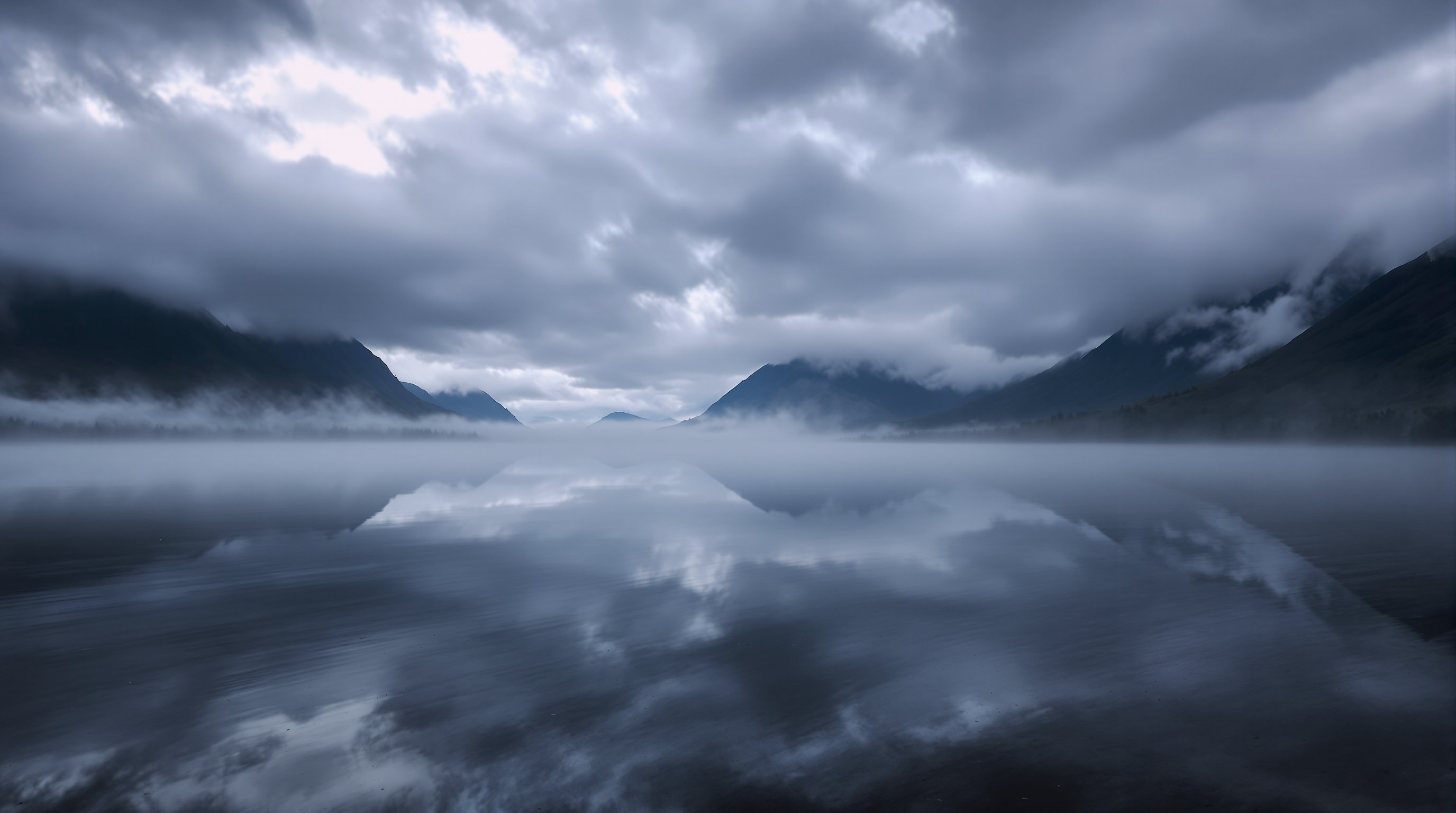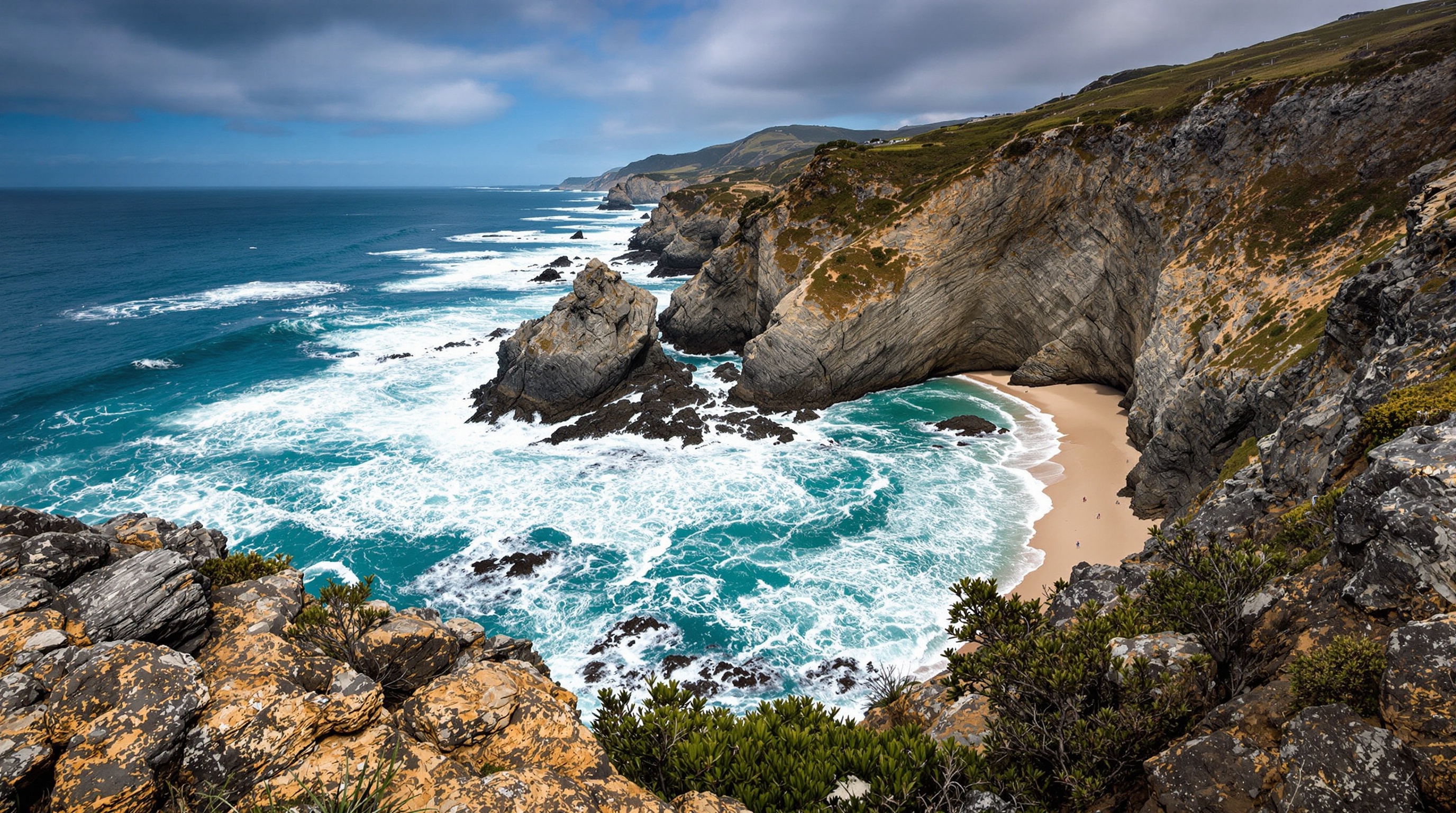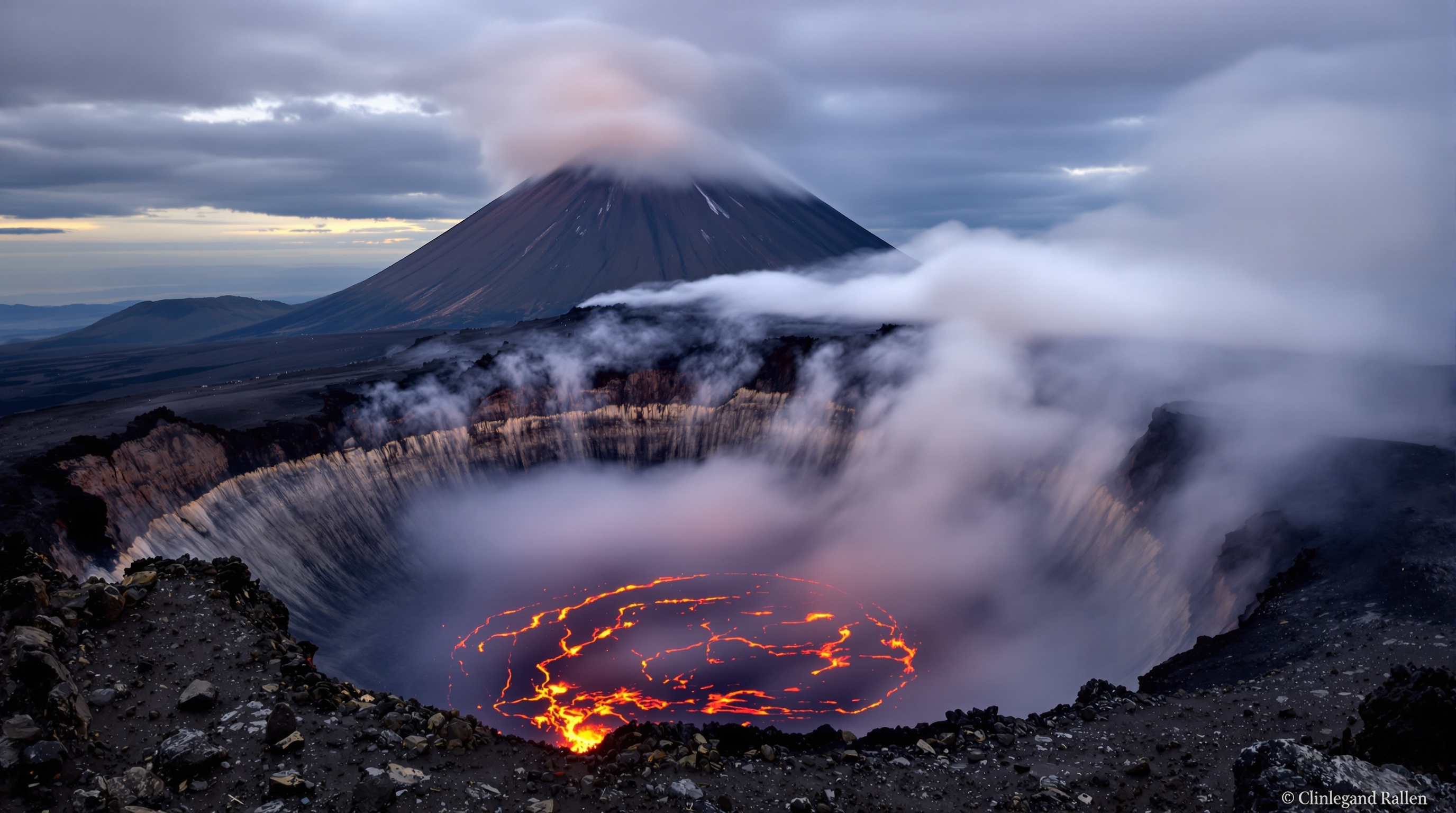The Mystery of the Bermuda Triangle: Facts, Theories, and Disappearances
For decades, the Bermuda Triangle has captivated the imaginations of scientists, sailors, aviators, and curious minds worldwide. This loosely defined region of the western Atlantic Ocean has become synonymous with unexplained disappearances, mysterious circumstances, and persistent legends that blur the line between fact and fiction. Whilst popular culture has sensationalised many aspects of this enigmatic area, the reality of the Bermuda Triangle presents a fascinating case study in maritime history, atmospheric science, and the human tendency to seek patterns in random events.

Defining the Bermuda Triangle: Location and Boundaries
The Bermuda Triangle, also known as the Devil's Triangle, refers to a region in the western part of the North Atlantic Ocean where numerous aircraft and ships have supposedly disappeared under mysterious circumstances. The most commonly accepted boundaries form a triangle connecting three points: Miami, Florida; San Juan, Puerto Rico; and Bermuda. This creates an area of approximately 500,000 square miles (1,300,000 square kilometres) of ocean.
However, it's crucial to note that the Bermuda Triangle is not an officially recognised geographic designation. The United States Board on Geographic Names does not recognise the Bermuda Triangle as an official name, and the U.S. Navy does not believe the area deserves any special designation. The boundaries themselves remain somewhat arbitrary, with different sources proposing slightly different configurations.
The region encompasses some of the most heavily travelled shipping lanes in the world, with vessels crossing through to reach ports in the Americas, Europe, and the Caribbean islands. Similarly, commercial and private aircraft regularly traverse this airspace on routes connecting North America with the Caribbean and South America. This high volume of traffic is an important contextual factor when evaluating disappearance statistics.
Historical Context: The Birth of a Legend
The term "Bermuda Triangle" was first coined by Vincent Gaddis in a 1964 article for the pulp magazine Argosy titled "The Deadly Bermuda Triangle." However, mysterious incidents in this region had been reported for decades prior. The legend gained substantial momentum with the publication of Charles Berlitz's 1974 book The Bermuda Triangle, which sold millions of copies and cemented the region's reputation in popular consciousness.
Berlitz's book, whilst commercially successful, has been criticised by researchers for containing numerous factual inaccuracies, exaggerations, and omissions of relevant information. Many incidents described as "mysterious" were later found to have prosaic explanations, or the circumstances were significantly embellished. Nevertheless, the book established the Bermuda Triangle as a cultural phenomenon that persists to this day.

Famous Disappearances: Examining the Evidence
Flight 19: The Most Infamous Case
Perhaps the most famous incident associated with the Bermuda Triangle is the disappearance of Flight 19 on 5th December 1945. This training flight consisted of five U.S. Navy TBM Avenger torpedo bombers carrying 14 crew members. Led by Lieutenant Charles Taylor, the flight departed from Fort Lauderdale, Florida, for a routine navigation training exercise.
According to radio communications, Lieutenant Taylor reported that both of his compasses had malfunctioned, and the flight became lost. Weather conditions deteriorated significantly as the flight continued, with heavy cloud cover and increasingly rough seas. Despite attempts by ground control to provide guidance, the aircraft were never seen again. A subsequent search and rescue mission involving a Martin PBM Mariner flying boat also disappeared, adding 13 more personnel to the tragedy.
The official Navy investigation concluded that the loss was caused by Taylor's confusion and disorientation, exacerbated by deteriorating weather conditions. However, the incident has been repeatedly cited as evidence of supernatural or unexplained forces in the Bermuda Triangle, often with crucial details omitted or misrepresented.
USS Cyclops: The Navy's Largest Loss Outside Combat
In March 1918, the USS Cyclops, a massive Navy cargo ship carrying 306 crew and passengers along with a cargo of manganese ore, vanished without trace after departing Barbados. The ship was en route to Baltimore but never arrived and never sent a distress signal. To this day, no wreckage has been definitively identified, making it the single largest loss of life in U.S. Naval history not directly involving combat.
Several plausible explanations have been proposed, including structural failure (the ship had a history of cracked cylinders), cargo shifting in rough seas, or even enemy action (this occurred during World War I, though Germany later denied involvement). The complete absence of wreckage remains puzzling, but maritime historians note that the deep waters of the Atlantic can make wreckage recovery extremely difficult, even with modern technology.
The Star Tiger and Star Ariel
Two Tudor IV passenger aircraft operated by British South American Airways disappeared in the region within a year of each other. The Star Tiger vanished on 30th January 1948 whilst flying from the Azores to Bermuda with 31 people aboard. The Star Ariel disappeared on 17th January 1949 whilst flying from Bermuda to Jamaica, carrying 20 people.
In both cases, no distress signals were received, and no wreckage was ever recovered. The British investigation concluded that the causes could not be determined with certainty but noted that the Tudor IV aircraft had known technical issues, including problems with cabin heaters and fuel systems. Weather conditions in both cases were challenging, and navigation over open ocean with 1940s-era equipment was inherently risky.
Scientific Explanations: Demystifying the Triangle
Environmental and Meteorological Factors
The Bermuda Triangle region experiences several natural phenomena that can create hazardous conditions for vessels and aircraft:
The Gulf Stream: This powerful, warm ocean current flows through the Bermuda Triangle with velocities exceeding 5.6 miles per hour (2.5 metres per second). The Gulf Stream can rapidly carry debris away from a wreck site, making search and recovery operations extremely challenging. It can also create sudden, localised weather changes that catch mariners by surprise.
Tropical Weather Systems: The region lies in a zone frequently affected by hurricanes, tropical storms, and sudden squalls. These weather systems can develop rapidly, creating enormous waves, waterspouts, and severe winds that can overwhelm even large vessels. Historical records show that many disappearances occurred during periods of poor weather or at times when weather information was less readily available than today.
Rogue Waves: Research published in Oceanography has documented that the region can experience rogue waves—massive individual waves that can reach heights of 100 feet (30 metres) or more. These waves form through a combination of strong currents, storms, and constructive wave interference. For smaller vessels, such a wave could prove catastrophic with little warning.

Magnetic Anomalies and Compass Variation
One frequently cited theory suggests that magnetic anomalies in the Bermuda Triangle cause compass malfunctions. The region is one of the few places on Earth where true north and magnetic north can align, an occurrence called compass agonic line. When this alignment happens, magnetic compasses point to true north rather than magnetic north, which can cause confusion for navigators relying on magnetic deviation calculations.
However, experienced navigators are trained to account for magnetic variation, and modern vessels use GPS and gyroscopic compasses that are unaffected by magnetic anomalies. Whilst compass problems may have contributed to historical navigation errors, particularly in the case of Flight 19, this alone cannot explain the majority of incidents.
Research has also investigated whether unusual magnetic fields might exist in the area due to deposits of magnetite or other magnetic minerals on the seabed. United States Geological Survey studies have found no evidence of magnetic anomalies significant enough to affect navigation in the region.
Methane Hydrate Eruptions
A particularly intriguing scientific theory proposes that underwater methane hydrate eruptions could explain some disappearances. Methane hydrates are ice-like formations of methane and water that exist in sediments on the ocean floor under high pressure and low temperature. If these deposits become unstable and release large quantities of gas, the result could be catastrophic for vessels.
Research conducted by scientists including Dr. Richard McIver has demonstrated that a large release of methane gas can decrease water density significantly, causing ships to lose buoyancy and sink rapidly. The released gas can also rise through the atmosphere, potentially causing aircraft engines to fail if the concentration is high enough. Geological studies have identified methane hydrate deposits in various parts of the world's oceans, including regions of the Atlantic.
However, direct evidence linking methane eruptions to specific Bermuda Triangle disappearances remains limited. Such events would be difficult to document unless witnessed directly, and the timescale of geological processes makes predicting such eruptions nearly impossible with current technology.
Human Error and Technological Limitations
Maritime and aviation experts consistently emphasise that human error represents the most common factor in maritime and aviation accidents worldwide. Navigation errors, poor weather judgement, inadequate preparation, equipment failure, and simple mistakes have caused countless incidents throughout history, both within and outside the Bermuda Triangle.
Many of the most famous Bermuda Triangle disappearances occurred during an era when navigation technology was far more limited than today. Pre-GPS navigation over open ocean relied on celestial navigation, dead reckoning, and radio direction finding—all methods prone to error, particularly in poor weather conditions. The Flight 19 incident, for example, occurred before the widespread adoption of modern navigation aids.
Statistical analysis by organisations including Lloyd's of London and the U.S. Coast Guard have found that the Bermuda Triangle does not have a higher incidence of disappearances than other heavily travelled regions of the ocean when adjusted for traffic volume. The World Wildlife Fund has identified other maritime regions with higher incident rates based on traffic density.
Debunking the Myth: What Statistics Actually Show
Rigorous statistical analysis provides perhaps the most compelling evidence against the Bermuda Triangle as an area of genuinely anomalous disappearances. In 2013, the World Wide Fund for Nature studied maritime incidents globally and identified the world's most dangerous waters for shipping. The Bermuda Triangle did not appear on this list, which was instead dominated by areas in the South China Sea, the Mediterranean, and the North Sea.
Insurance companies, whose business models depend on accurate risk assessment, do not charge higher premiums for vessels or aircraft traversing the Bermuda Triangle. Lloyd's of London, the renowned maritime insurance market, has stated that the Bermuda Triangle is no more dangerous than any other area of ocean. This commercial reality provides strong evidence that professional risk assessors see nothing unusual about the region.
Critics of the Bermuda Triangle legend, including research librarian Larry Kusche, have systematically investigated the most famous cases and found that many incidents attributed to the Triangle either occurred outside its boundaries, have been embellished in the retelling, or have perfectly rational explanations that were ignored or suppressed in sensationalised accounts.
Kusche's research, published in his book The Bermuda Triangle Mystery—Solved, demonstrated that many disappearances were attributed to the Triangle retroactively, sometimes decades after they occurred. Some incidents that were described as happening in "calm weather" actually occurred during major storms. Others described as "vanishing without trace" actually reported problems before disappearing, sent distress signals, or left wreckage that was subsequently found.

Modern Perspective: The Enduring Appeal of Mystery
Despite overwhelming evidence that the Bermuda Triangle represents no greater danger than other well-travelled oceanic regions, the legend persists. This endurance speaks to fundamental aspects of human psychology and our relationship with the unknown. The ocean remains one of Earth's most mysterious environments, vast and largely unexplored despite centuries of seafaring.
The appeal of the Bermuda Triangle taps into several psychological phenomena. The clustering illusion leads humans to see patterns in random data. When multiple disappearances occur in a general region over many decades, our minds naturally try to connect them, even when statistical analysis shows they occur at rates consistent with the volume of traffic and the inherent dangers of maritime and aviation activity.
Additionally, the Bermuda Triangle legend fills a cultural need for mystery and wonder in an increasingly explained world. As scientific understanding advances and technology makes the world more transparent and connected, areas of genuine mystery become rarer and more precious. The Triangle offers a window into the unknown, a place where strange things might still happen despite our sophisticated understanding of the natural world.
Contemporary researchers continue to study the region, not because of paranormal suspicions, but because it offers valuable insights into oceanography, meteorology, and geology. Projects mapping the ocean floor, studying weather patterns, and analysing historical navigation data contribute to broader scientific understanding whilst simultaneously demystifying the region.
Cultural Impact and Media Representation
The Bermuda Triangle has become a staple of popular culture, appearing in countless books, films, television programmes, and documentaries. This media attention has created a self-perpetuating cycle where the legend reinforces itself through repeated telling and retelling, each iteration adding new layers of mystery or speculation.
Science fiction and supernatural-themed entertainment have particularly embraced the Bermuda Triangle as a setting or plot device. Theories involving alien activity, portals to other dimensions, lost civilisations like Atlantis, and temporal anomalies have all been proposed in fictional contexts. Whilst entertaining, these narratives contribute to public misconception about the actual nature of the region.
Educational responses to the Bermuda Triangle phenomenon offer valuable opportunities to teach critical thinking, statistical analysis, and scientific methodology. The discrepancy between popular perception and statistical reality provides an excellent case study in how myths develop and persist despite contradictory evidence.
Lessons for Modern Mariners and Aviators
Whilst the Bermuda Triangle may not possess supernatural dangers, the region does present genuine navigational challenges that require respect and preparation. Modern mariners and pilots crossing the area should maintain the same high standards of safety and preparation they would apply to any significant oceanic crossing:
Thorough weather monitoring is essential, with particular attention to tropical weather systems during hurricane season. Modern satellite imagery and weather forecasting have dramatically improved safety, but conditions can still change rapidly. Proper navigation equipment, including GPS, radar, and emergency beacons, should be maintained and tested. Communication systems must be reliable, with multiple backup options.
Knowledge of the Gulf Stream's position and strength can help with route planning and time estimation. Adequate fuel reserves, safety equipment, and emergency provisions remain critical for any vessel or aircraft operating over open ocean. Training and experience in open-ocean navigation continue to be the most important factors in ensuring safe passage.
Conclusion: Mystery, Reality, and Respect for the Sea
The Bermuda Triangle stands as a fascinating intersection of mythology, psychology, maritime history, and scientific inquiry. Whilst rigorous investigation has revealed no evidence of genuinely anomalous phenomena, the region serves as a powerful reminder of the ocean's inherent dangers and the human tendency to seek patterns and meaning in random events.
The true mystery of the Bermuda Triangle may not be the disappearances themselves, but rather why the legend has proven so durable despite overwhelming evidence to the contrary. This persistence illuminates aspects of human nature: our desire for mystery, our pattern-seeking cognition, and our deep-seated respect for—and fear of—the vast, powerful ocean.
For modern travellers, the Bermuda Triangle region offers numerous legitimate attractions, from beautiful Caribbean islands to fascinating maritime history. Understanding the reality behind the myth enhances rather than diminishes appreciation for this historically significant area of the Atlantic Ocean. The region's true story—one of human exploration, technological advancement, and our evolving relationship with the sea—proves ultimately more interesting than supernatural speculation.
As oceanographic research continues and our understanding of maritime phenomena deepens, any remaining genuine mysteries of the Bermuda Triangle will likely yield to scientific explanation. Until then, the legend serves as a reminder that whilst the age of exploration may have mapped the world's surfaces, the depths—both literal and figurative—still hold discoveries waiting to be made.
Plan Your Extraordinary Journey
Phenomenal Place plans expeditions to extraordinary destinations worldwide, from the Caribbean waters of the Bermuda Triangle region to mysterious places across the globe. Our expert consulting services ensure safe, well-planned journeys to remarkable locations. Call 214-293-3218 to discuss your next adventure.